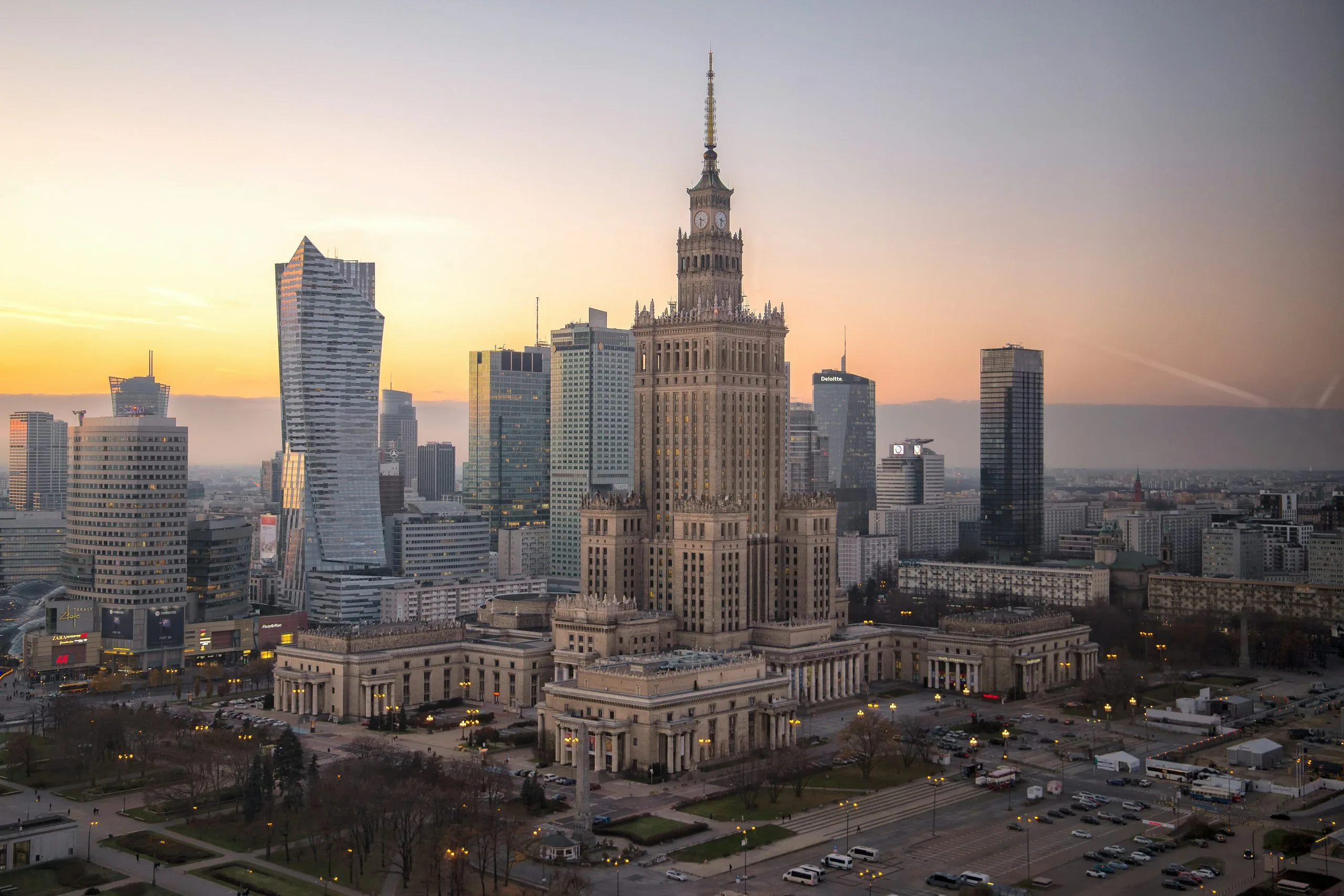While tourism across most of the world has broadly recovered from the massive impact of the Covid-19 pandemic, in a select few places it has actively been booming—some countries are receiving more visitors now than at any time in their history.
One of these is Albania. Foreign tourist arrivals jumped to well over 10 million in 2023 (according to the country’s ministry of tourism), up 35 per cent on 2022 and close to double pre-Covid-19 levels (just over six million people visited Albania in 2019).
This substantial growth in tourism has contributed to an expansion of the Albanian services sector, which according to Credit Agricole, a bank, now accounts for around 47.4 per cent of the country’s GDP, employing around 44 per cent of the workforce.
The industrial sector forms another vital part of the economy, contributing 21.4 per cent to GDP. This sector is characterised by its diversity, with notable activities in textiles, clothing manufacturing, mineral extraction, energy, and food processing.
Albania is particularly noted for its substantial deposits of chromium (used to harden steel, to manufacture stainless steel and to produce several alloys), a fact that positions it as a key player in the global minerals market.
In February, a study suggested that a “massive spring” of almost pure natural hydrogen had been found at the bottom of Albania’s Bulqizë mine—one of the world’s largest sources of chromium—raising hopes that naturally occurring H2 could be commercially exploited at low cost around the world.
France’s National Centre for Scientific Research, CNRS, which was involved in the research, described it as “the highest natural flow of H2 measured to date”.
In addition, the potential for growth in hydroelectric power also demonstrates that the Albanian energy sector as a promising area for future investment. Nevertheless, despite the strengths of the industrial sector, it faces challenges such as the need for modernisation and increased competitiveness in global markets.
Similar problems face the agriculture sector—traditionally a cornerstone of the Albanian economy, accounting for approximately 18.6 per cent of GDP. The sector struggles with several issues such as outdated agricultural practices, fragmented land ownership, and limited arable land, which collectively hinder productivity and reduce export potential—most of Albania’s produce is consumed internally.
Albania’s IT sector remains small, with the export of IT services as a percentage of GDP reaching just 0.86 per cent in 2022. The country is near the bottom of the Emerging Europe IT Competitiveness Index (21st of 23 countries), with a lack of talent a key factor. The government is, however, aware of the issue, and has launched a series of proactive strategies in talent attraction to drive its digital transformation. Initiatives such as digital nomad visas and early-age coding education are nurturing a skilled workforce for the digital era, although it could be several years before these policies bear fruit.
Confidence at record levels
In 2023, growth reached 3.3 per cent as private consumption, exports, and investment increased despite rising energy and food prices. With another year of exceptional growth in tourism likely, growth is likely to remain at similar levels in 2024 and beyond, says the World Bank—higher than all of its neighbours, with the exception of Kosovo.
It’s no wonder that confidence in the economy (measured each month by the Albanian National Bank) reached record levels in April.
Poverty is expected to continue to decline as employment and wages rise, although the country’s medium-term prospects hinge on the wider global recovery, structural reforms, and fiscal consolidation. As a small, open economy, Albania is highly exposed to external shocks, such as a recession in the EU or further tightening of financing conditions in international capital markets beyond the current year.
Indeed, the medium to long-term economic prospects of Albania are linked to its ability to carry out economic and administrative reforms, ensure political stability, and successfully pursue its foreign policy goals—of which EU accession is by far the most significant.
Albania applied for EU membership as long ago as April 2009 and was granted EU candidate status in June 2014. The EU held its first intergovernmental conference with Albania in July 2022 but has yet to open the first negotiation cluster, which covers chapters on the judiciary, fundamental rights and justice.
In its latest progress report looking at Albania’s readiness for EU membership, published in December 2023, the EU welcomed the progress of reforms Albania made in the previous 12 months, but noted that Albania also needs to further strengthen the protection of fundamental rights, including media freedom and freedom of expression, and to consolidate property rights in a transparent manner.
An economy in a good place
The Bertelsmann Transformation Index (BTI), which at looks whether and how countries in transition are steering social change toward democracy and a market economy, ranks Albania well above all of its Western Balkans peers on most metrics, particularly governance.
However, it points out that while the institutional framework for market competition in Albania is strong, “the rules are not always consistent or the same for all market participants”.
The informal sector has shrunk but remains significant. The share of employment in the informal sector, which stands at around 56 per cent, is a significant concern. To address this issue, the government has implemented measures to enhance digitalisation and aims to make 95 per cent of public services available online. State involvement in the economy is minimal, with the exception of the energy sector. Approximately 80 per cent of employment is in the private sector. State aid remains limited, decreasing to 0.25 per cent of GDP in 2021 after reaching its highest point at five per cent in 2019.
Challenges there may be, but Albania’s economy is broadly in a good place. The country is implementing important structural reforms that will support equitable growth, raise productivity and competitiveness in the economy, create more jobs (unemployment is falling but remains over 11 per cent), and improve governance and public service delivery.
Enhanced regional connectivity and access to regional and global markets, coupled with export and market diversification, will also help promote faster growth.
Photo by Árpád Czapp on Unsplash.







